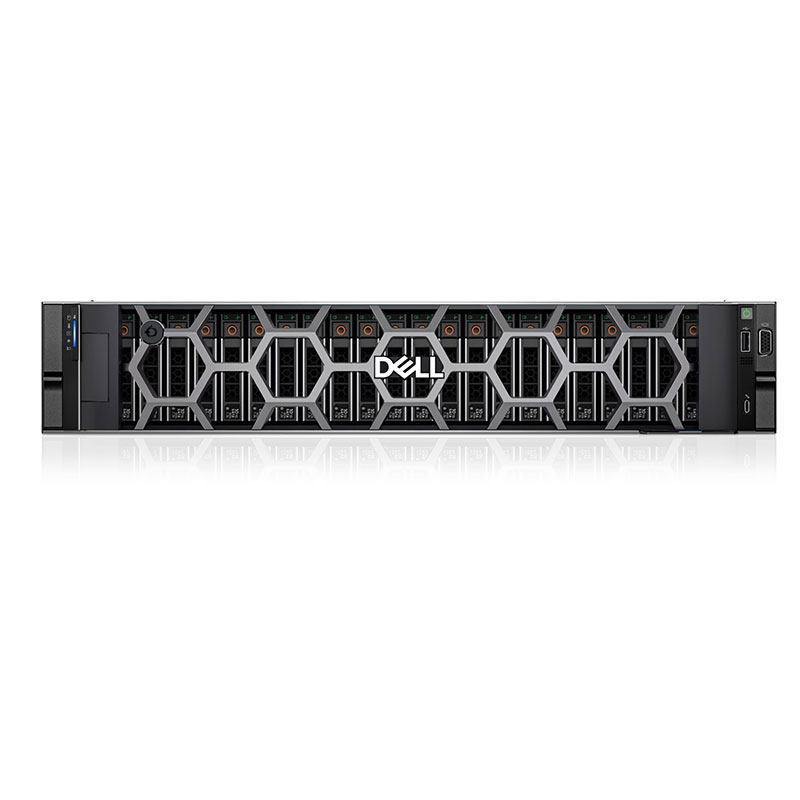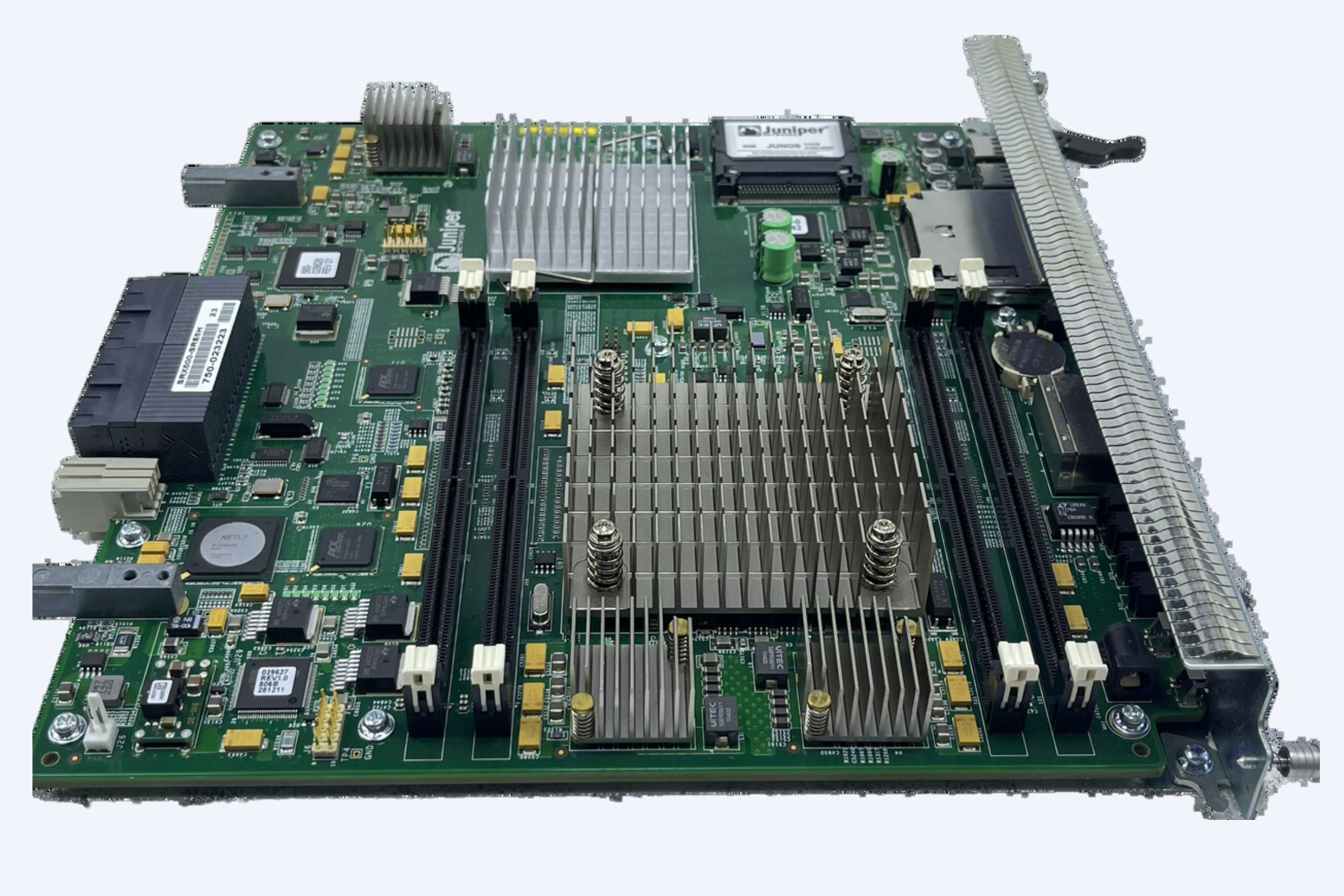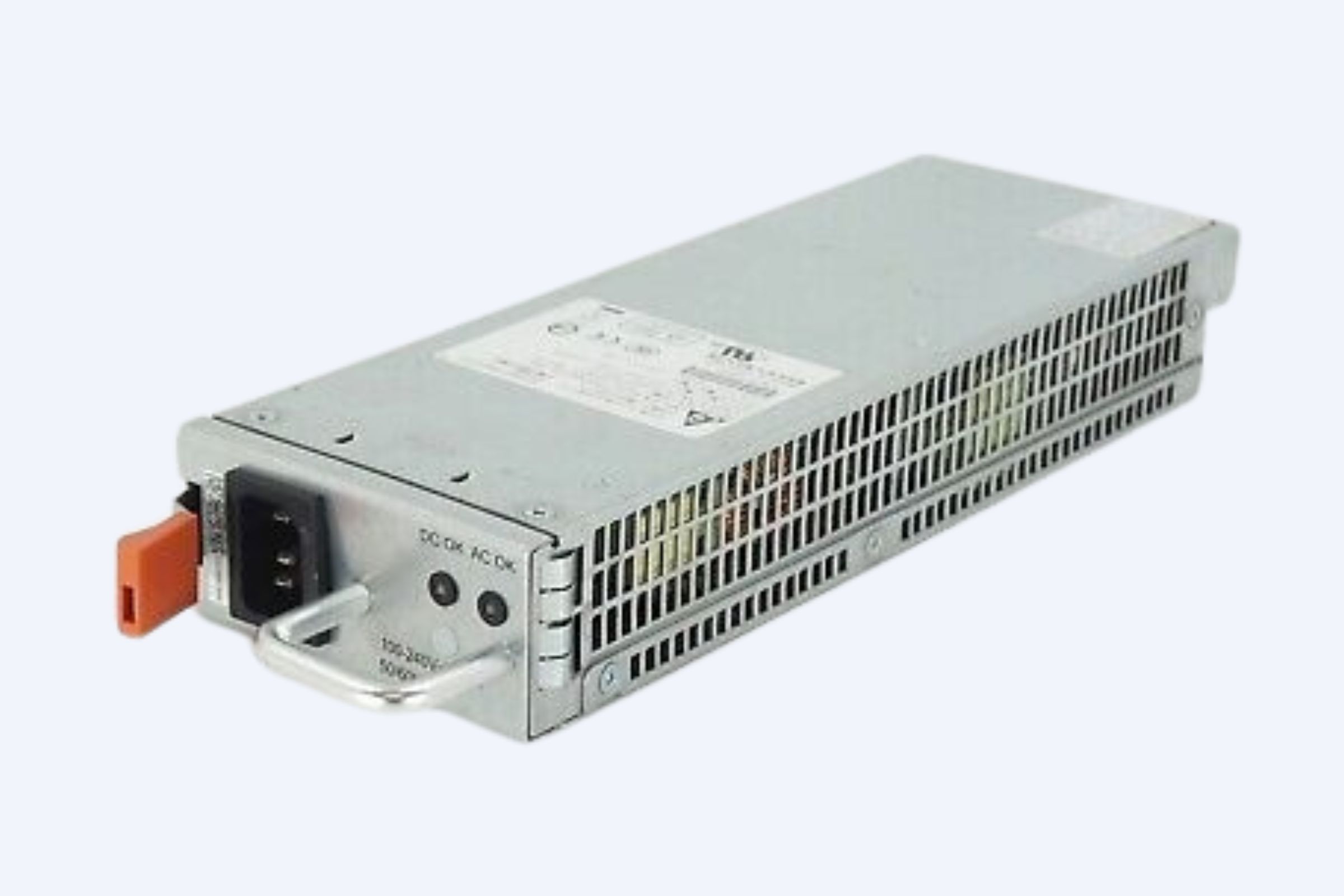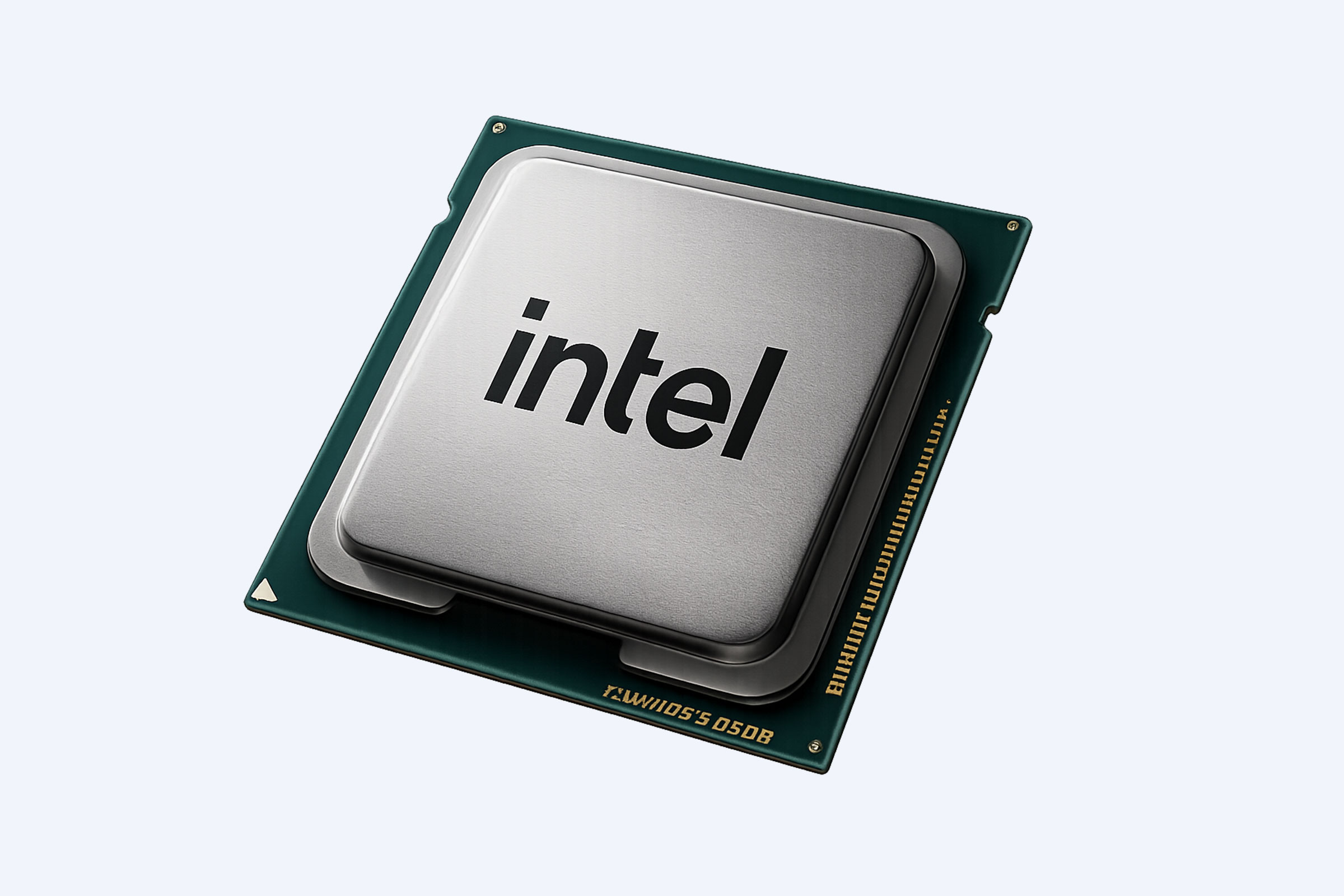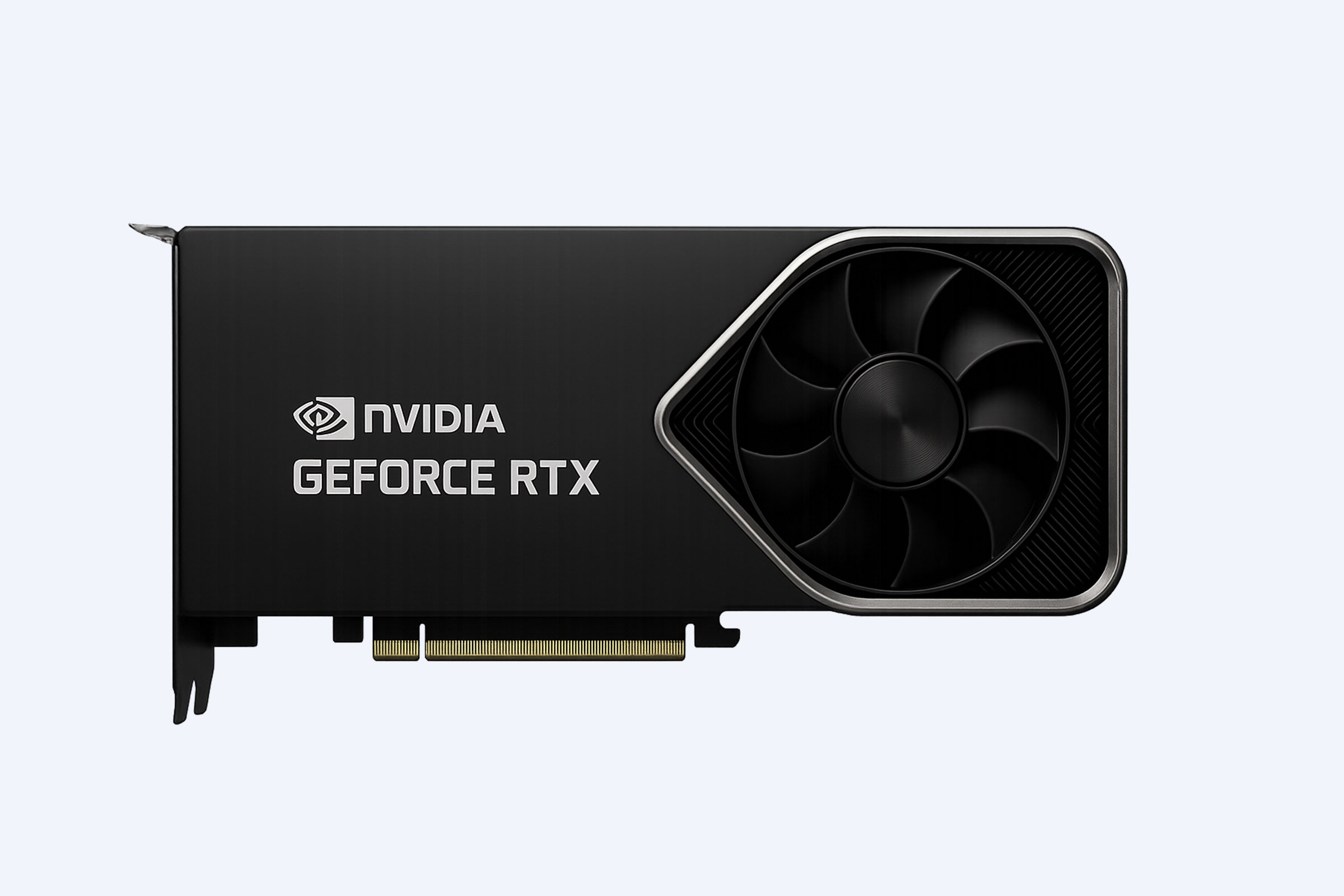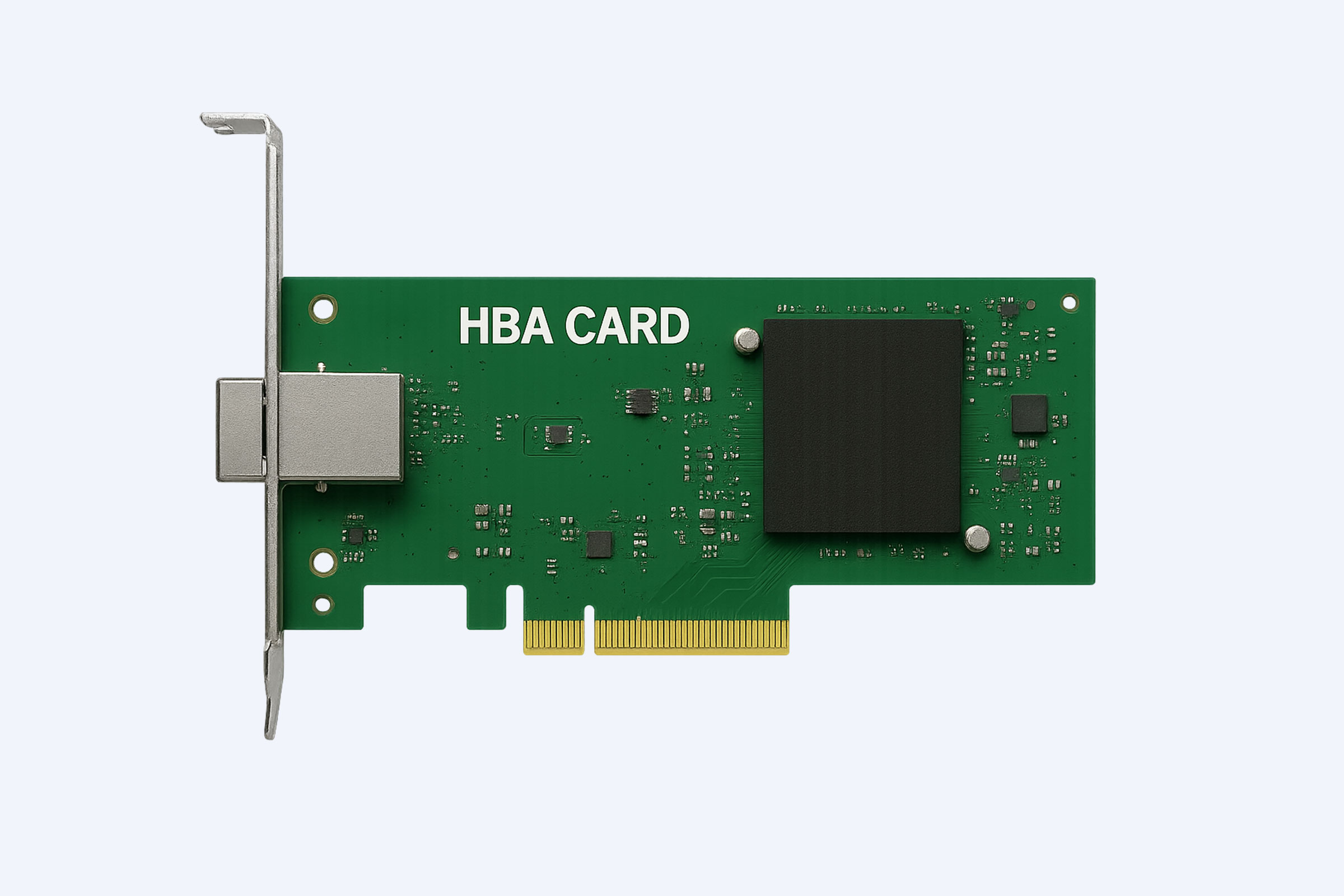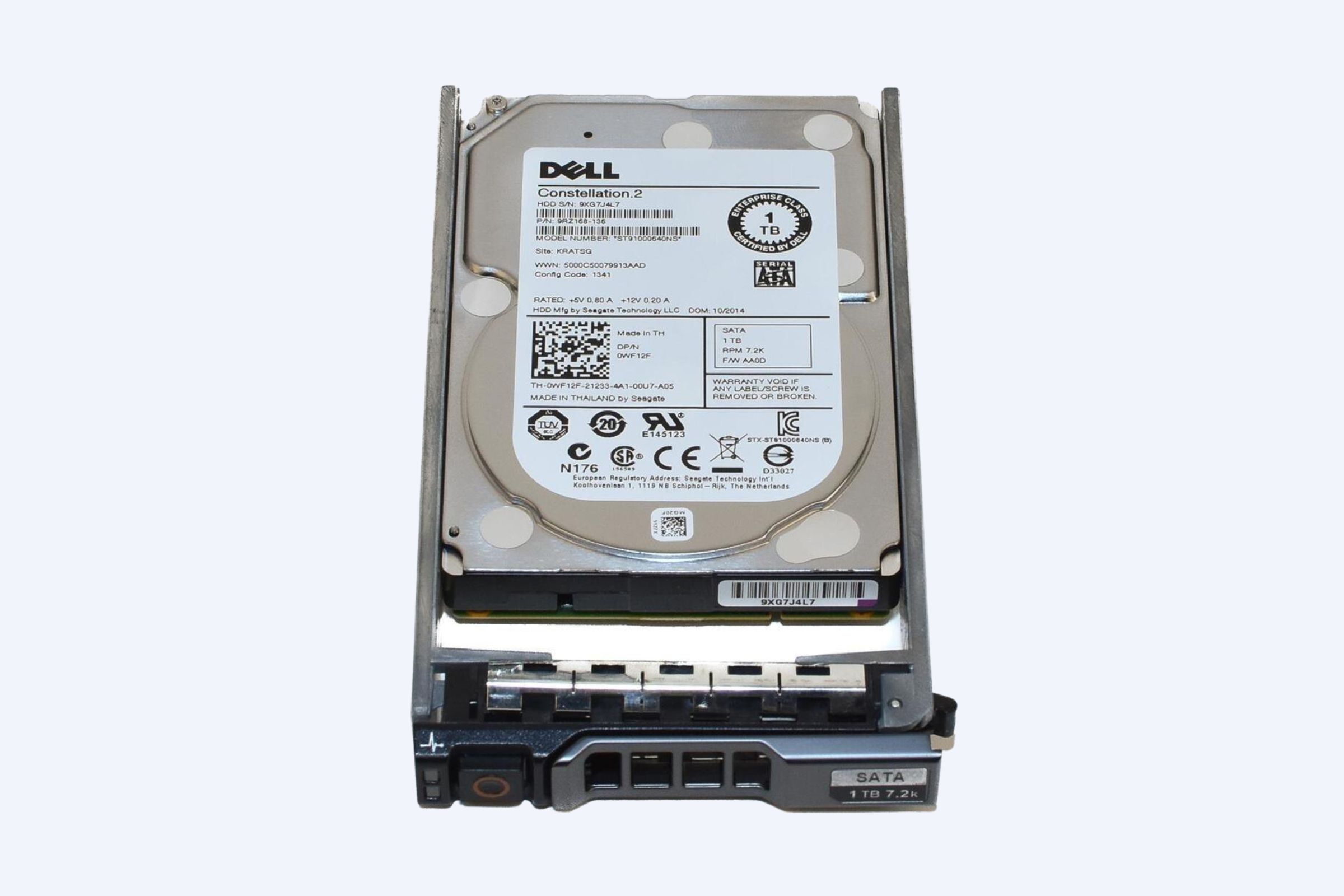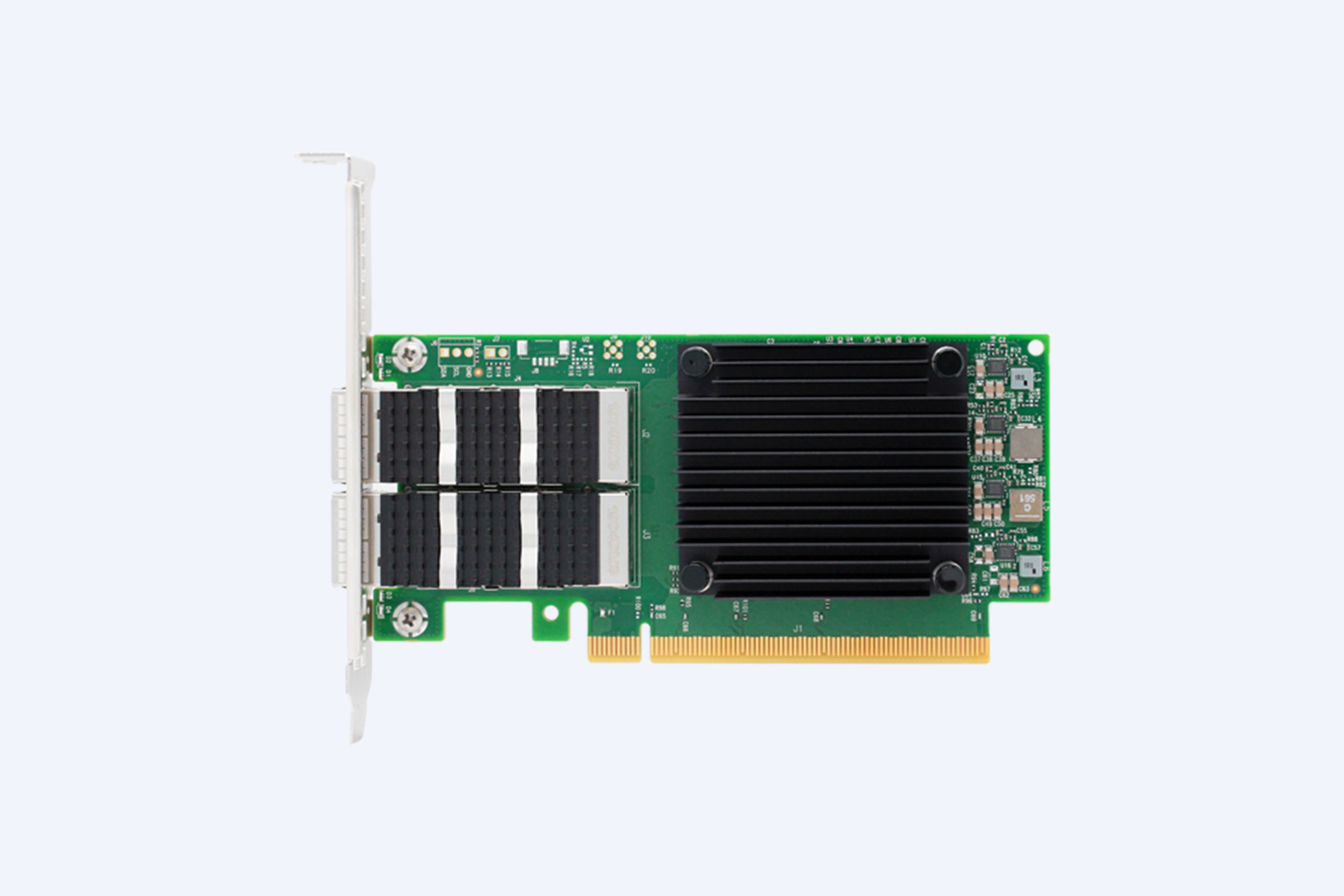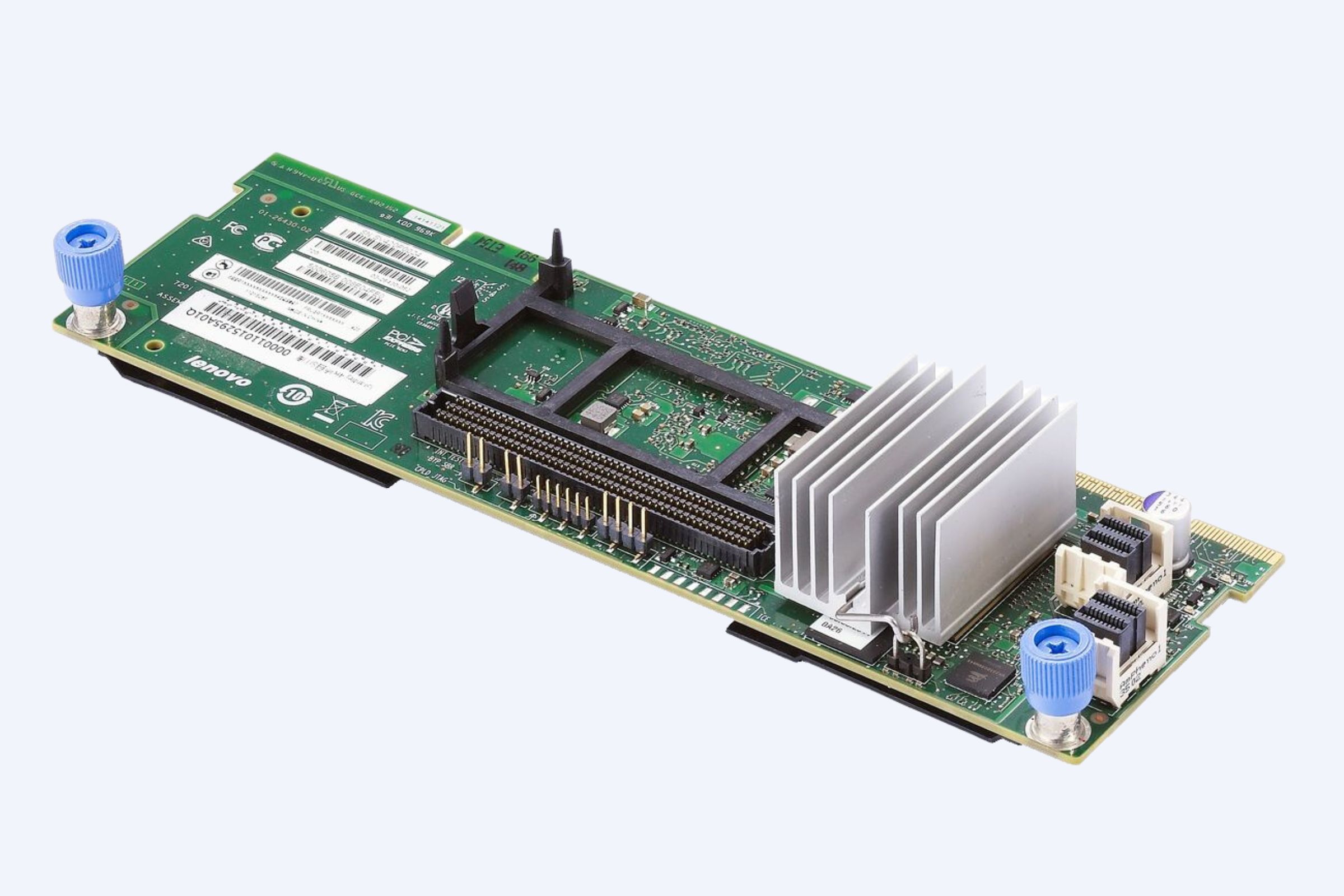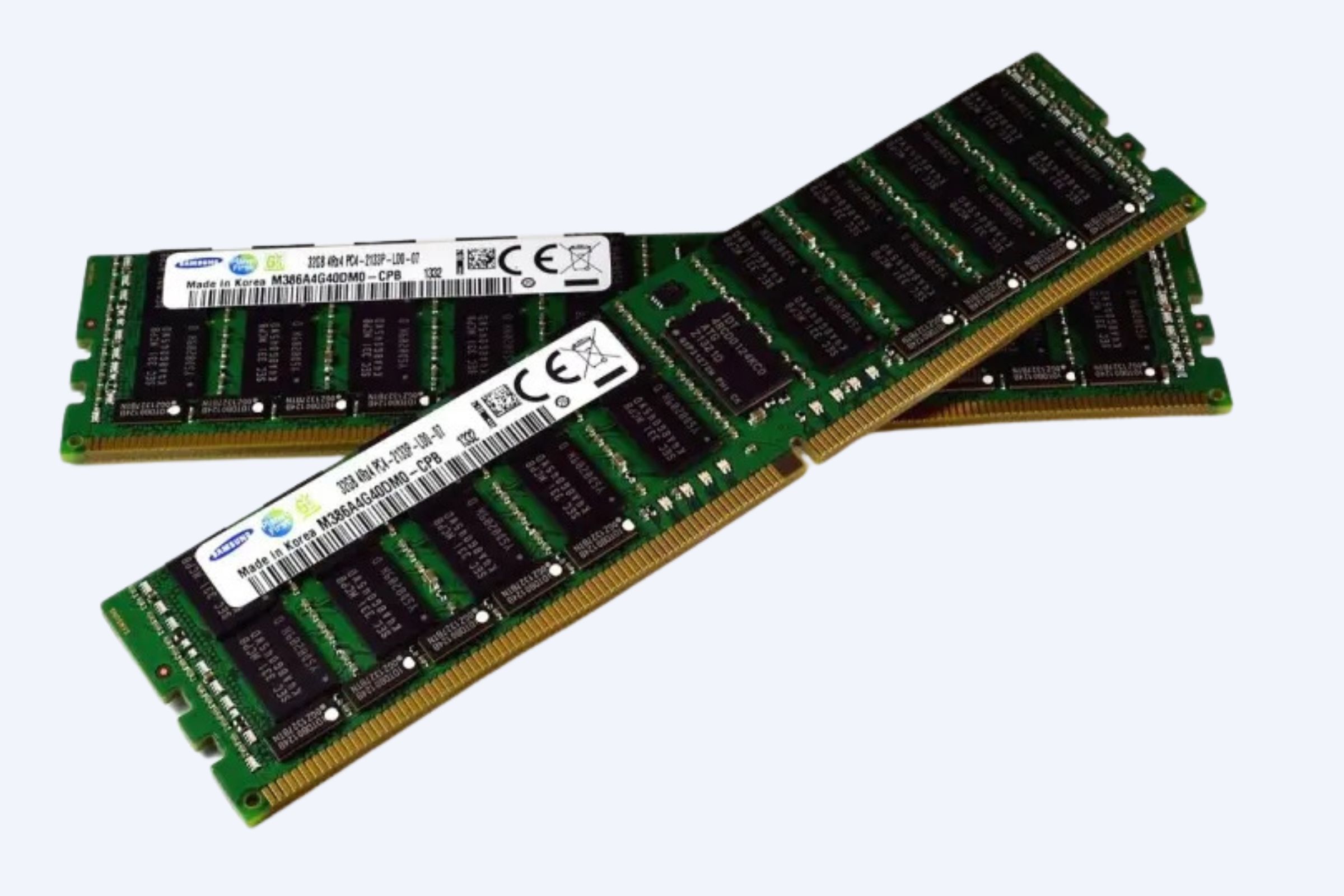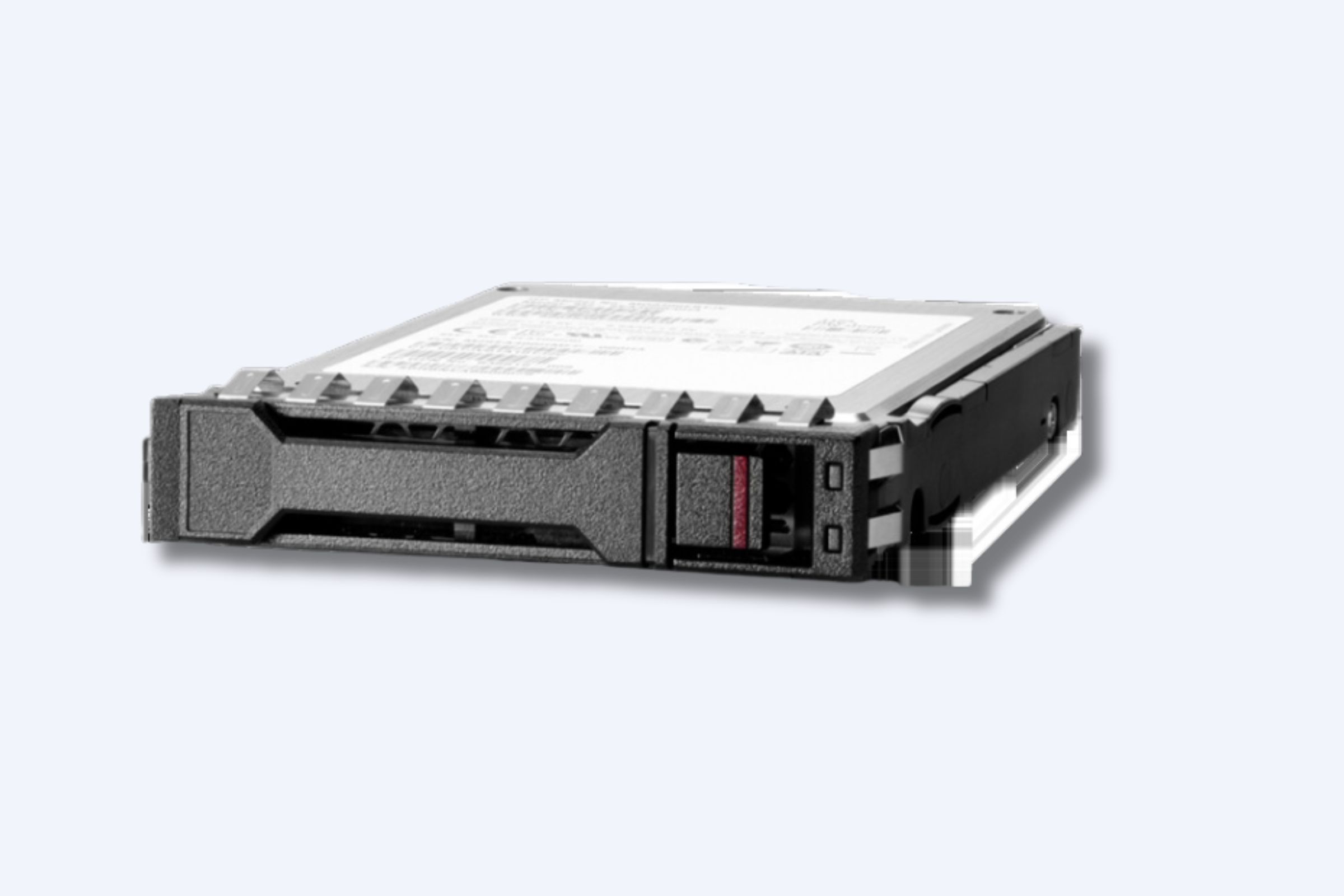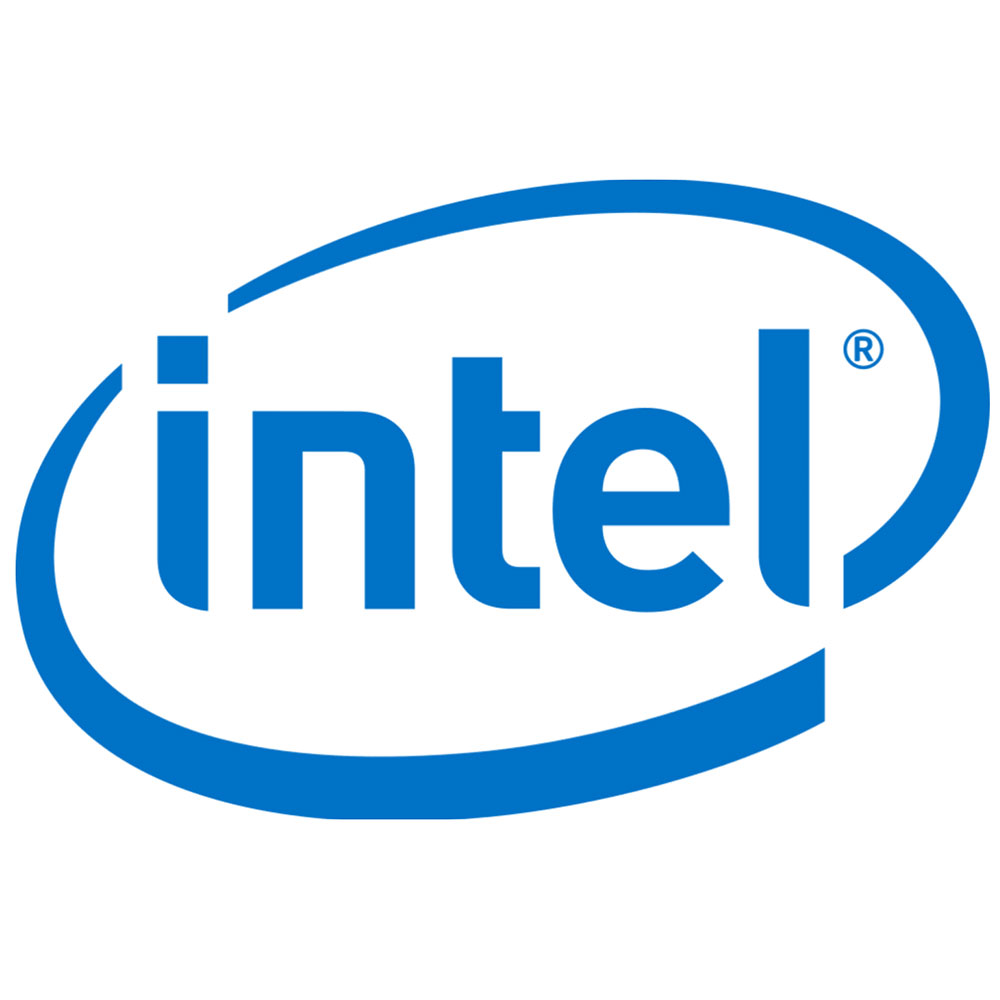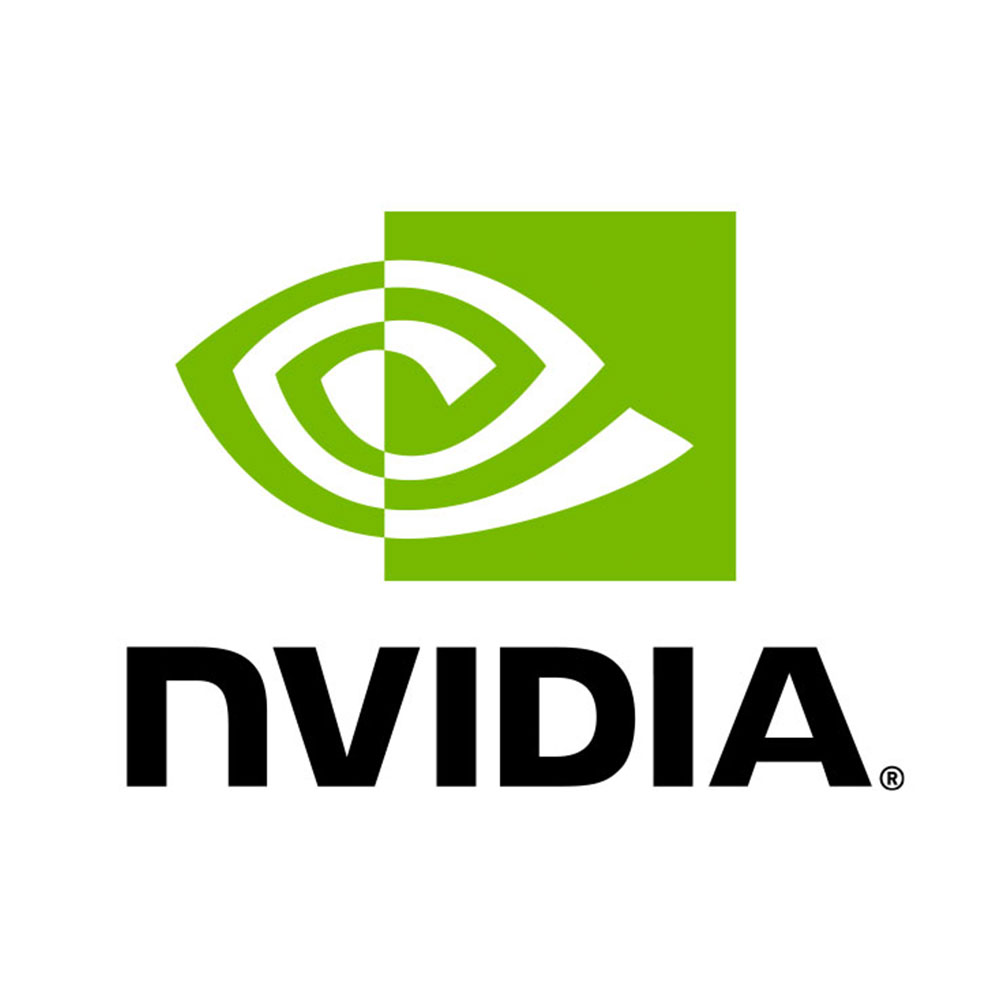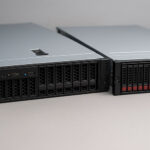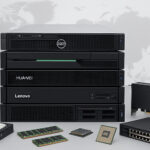Types of Server Equipment
In the modern IT infrastructure landscape, server equipment forms the backbone of any data center or enterprise system. These devices are essential for storing, processing, and managing data and applications across networks. Understanding the different types of server equipment helps organizations build scalable, secure, and efficient systems. Below is a breakdown of the main categories of server equipment and their typical use cases.
1. Categories of Server Equipment
| Type | Description | Common Use Cases |
|---|---|---|
| Rack Servers | Mounted in a standardized rack frame; efficient for space-saving environments. | Web hosting, application servers, databases |
| Blade Servers | Slim, modular servers that fit into a chassis; highly scalable. | Virtualization, high-performance computing |
| Tower Servers | Standalone units resembling desktop PCs; easy to set up and maintain. | Small businesses, branch offices |
| Mainframes | Large, powerful systems for mission-critical applications. | Banking, government, transaction processing |
| Storage Servers | Designed to store and manage vast amounts of data. | Backup, file sharing, media servers |
| GPU Servers | Equipped with Graphics Processing Units for parallel computation. | AI training, 3D rendering, data analysis |
| Hyper-Converged Systems | Combine compute, storage, and networking in a single platform. | Private clouds, scalable enterprise IT |
| Network Equipment | Includes switches, routers, and firewalls integrated with servers. | Traffic routing, security, connectivity |
2. Choosing the Right Equipment
Selecting the appropriate server equipment depends on several factors:
Business size and growth potential: Small businesses may start with tower servers, while larger enterprises might need blade or rack servers.
Application requirements: High-performance tasks like AI and analytics require GPU servers.
Budget and space constraints: Rack and blade servers offer high density but may require cooling and power infrastructure.
3. Conclusion
Each type of server equipment serves a specific role within the IT ecosystem. By understanding their strengths and optimal use cases, businesses can make informed decisions to support their technological and operational goals. Investing in the right equipment ensures system reliability, scalability, and performance.



